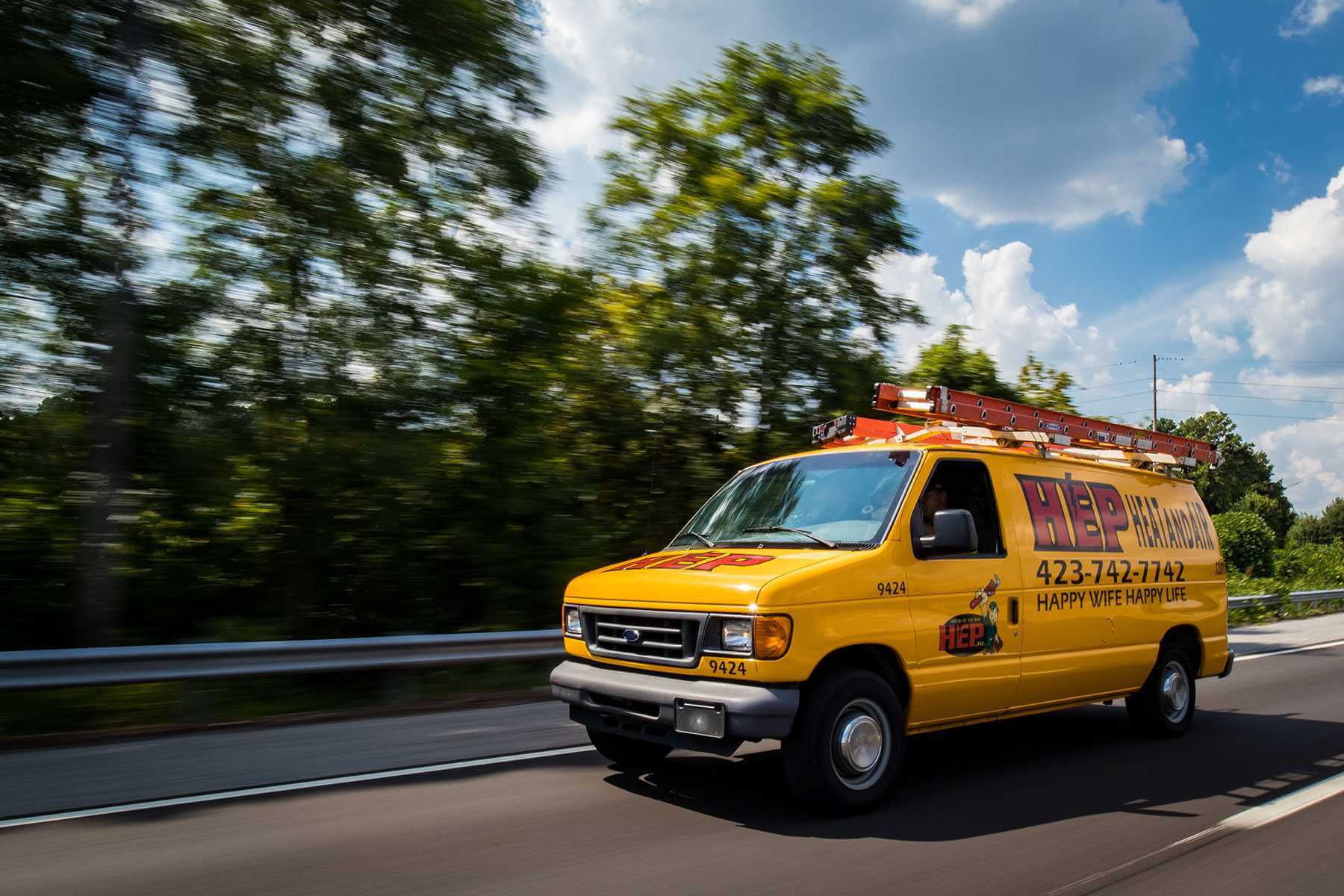

Water-saving Toilet
Your trusted partner for professional home services. Quality workmanship, guaranteed satisfaction.




- HEP Plumbing
- Water-saving Toilet
Water-saving Toilet | Toilet Upgrades and Replacements | Plumbing | Jacksboro
Flushing money down the drain? HEP’s water-saving toilet plumbing keeps Jacksboro homes efficient and eco-friendly. Our licensed plumbers evaluate your current fixtures, then recommend high-performance models that use as little as 1.1 gallons per flush without sacrificing power. From sleek dual-flush designs to touch-free smart systems, we handle every step—removal, installation, haul-away, and spotless cleanup—so you can enjoy lower water bills and a fresher bathroom in just one visit.
Whether you want subtle efficiency or a total style refresh, our specialists make toilet upgrades and replacements simple and stress-free. We arrive on time, back our work with rock-solid warranties, and even help you claim local rebates for extra savings. Ready to trade your old water-guzzler for a modern marvel? Call HEP today and discover why Jacksboro trusts us for comfort that’s kind to both wallet and planet.
FAQs
What makes a toilet “water-saving,” and how much water can I expect to save compared with my current fixture?
Any toilet labeled High-Efficiency (HET) or WaterSense-certified uses no more than 1.28 gallons per flush (gpf). Older toilets installed before the mid-1990s use 3.5 to 7 gpf, and even many mid-range models from the 2000s use 1.6 gpf. Replacing a single older 3.5-gpf toilet with a 1.28-gpf model can save roughly 13,000 gallons of water per year for a family of four—about a 60 % reduction in toilet water use. That translates into lower water and sewer bills every month while conserving a vital resource for Jacksboro.
Are there rebates or incentives in Jacksboro for installing a high-efficiency toilet?
Yes. The City of Jacksboro participates in the Texas Water Development Board’s conservation program, and Jacksboro Municipal Utilities usually offers a $50–$100 bill credit for each WaterSense-labeled toilet you install (limit two per household). Funding cycles change annually, so we confirm availability and prepare the paperwork for you. In addition, certain Jack County electric cooperatives give small rebates if the toilet upgrade is part of an overall home efficiency project. We’ll walk you through current offers and provide the model numbers and receipts required for reimbursement.
What types of water-saving toilets are available, and how do I choose the right one for my bathroom?
High-efficiency toilets come in three main designs: • Single-flush gravity (1.28 gpf) • Dual-flush (0.8 gpf for liquid waste / 1.28 gpf for solid waste) • Pressure-assisted (1.0–1.1 gpf) for commercial-grade flushing power Choice depends on your priorities. Single-flush gravity models are the simplest and quietest. Dual-flush units deliver maximum water savings but require a two-button tank lid. Pressure-assisted toilets move waste with compressed air—great for large families, restaurants, or ranch workshops—but they are slightly louder and need a stable 25-psi supply pressure, which most Jacksboro homes have. We assess your plumbing rough-in size (10", 12", or 14"), bowl height preference, and aesthetic style before recommending a model.
How involved is the replacement process, and will my existing plumbing need to be modified?
For 90 % of homes we visit, upgrading to a water-saving toilet is a direct swap that takes about two hours. We shut off the water, drain and remove the old fixture, inspect the flange, replace the wax ring (or install a wax-free seal), and set the new toilet level with stainless bolts. If your current flange is cracked, set too low, or you have lead drains in an older farmhouse, we may install a repair flange or PVC adapter, adding 30–45 minutes. No major changes are usually required to the supply line; we simply replace the angle stop and use a braided stainless connector for peace of mind.
Will a high-efficiency toilet flush as well as my older model?
Modern HET and WaterSense toilets undergo rigorous MaP (Maximum Performance) testing that verifies they can clear at least 350 grams of solid waste per flush—many premium models rate 800+ grams. Design improvements such as larger trapways, fully glazed siphon jets, and optimized bowl rinse channels mean today’s 1.28-gpf toilets outperform most 3.5-gpf toilets from the past. For extra power, pressure-assisted units deliver a rapid, forceful flush without using more water. We demonstrate sample flushes in our showroom or via video so you can see the performance before you buy.
How much do water-saving toilet upgrades cost, and how quickly will I recoup the investment?
Installed prices in Jacksboro range from $325–$475 for a quality single-flush HET, $400–$550 for a dual-flush, and $525–$650 for a pressure-assisted model. Pricing includes removal/disposal of the old toilet, new flange hardware, supply line, and labor backed by a one-year workmanship warranty. With current water/sewer rates averaging $0.008–$0.010 per gallon, a family switching from a 3.5-gpf to a 1.28-gpf toilet saves about $110–$130 annually—more if you’re on a tiered rate. Add a $50 municipal rebate and the upgrade commonly pays for itself in 2.5–3.5 years while adding value and comfort to your home.